A bug persists on your PC, even when you turn it back on? Can’t access the Bios? Disable Fast Startup to force Windows to shut down and restart cleanly.
One of the great qualities of Windows 10 is its speed at launch: after turning on the computer, it only takes a few seconds to display the welcome screen, if you have an SSD, the process being a bit longer from a hard drive. A very appreciable velocity, which we owe by a Windows function activated by default: fast startup.
How does Windows Fast Startup work?
The principle of fast startup is very simple: when you turn off your PC normally, Windows does not stop entirely: it goes into a deep sleep – a hibernation, close to hibernation. The system does close all applications, open files, and logs users off, but it automatically saves Windows kernel state and device drivers to a hibernation file (hiberfil.sys). This hidden file is most often stored in the root of the main drive – the one where Windows is installed. When you restart your computer, Windows loads it instead of gradually initializing the whole system, which makes it possible to significantly speed up system startup compared to a “cold” start.
But while Fast Startup helps launch Windows faster, it also has some downsides. If a device malfunctions, for example due to a bug in its driver, the problem persists when Windows restarts. This is the case when the numeric keypad is disabled on some PCs. all you have to do is disable fast startup for everything to go back to normal. The fast startup also regularly causes problems with PC in dual or multi boot, when several operating systems are installed. Indeed, this function locks the disk where Windows is installed, which blocks access to this disk from another OS. In the same vein, on some PCs, the fast boot can prevent access to the Bios or UEFI settings, which determine the “physical” settings of the computer. Finally, Fast Boot can also cause some issues with drives encrypted by an encryption solution like TrueCrypt.
For all these reasons, it can be useful to disable fast startup, if only temporarily. Knowing that the launch of Windows will then take a little longer…
How to Temporarily Disable Fast Startup in Windows 10?
If you just want to do a complete shutdown of Windows without permanently disabling fast startup – to fix a bug, for example – there is a simple trick to force Windows to perform a complete shutdown without a kernel backup.
- Press the key Maj. (Uppercase Where Shift) and hold it down.
- Open the start menu and click the button On Off.
- Then click on Stop.
- Release the key Shift. when closing.
By doing so, the kernel is not saved when the PC is shut down and Windows is completely reloaded on the next startup. Note that the option To restart in the submenu On Off also performs a complete shutdown of Windows, but immediately restarts the system.
How to Disable Windows 10 Fast Boot via Power Options?
Disabling Fast Startup is pretty easy, but the option is hidden in Windows Power Options. Attention, it is imperative to have an administrator type account to perform this operation
- Simultaneously press the keys Windows + I to access Windows settings.
- In the window Windows settings, oropen the section System.
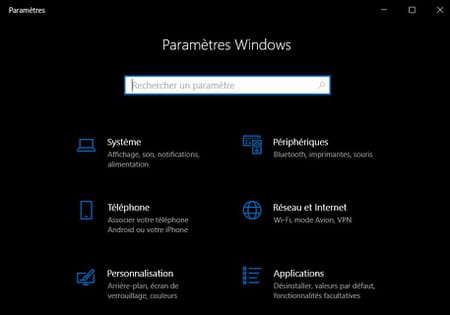
- In the left column, select the sub-heading Power and Standby.
- Scroll the right part of the window to reach the section Related Parametersand click on the link Additional power settings.
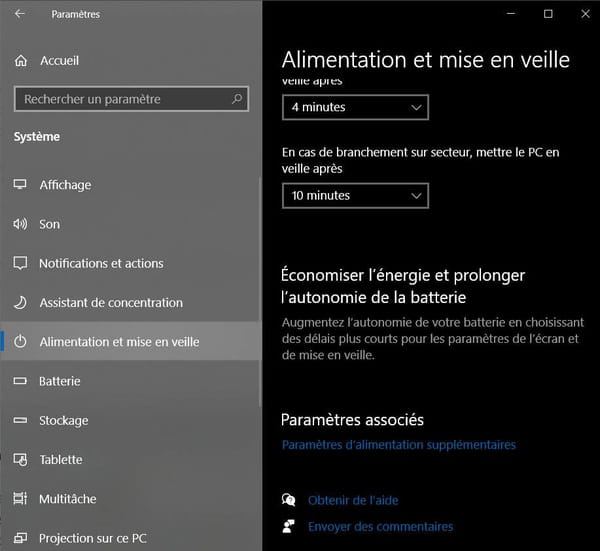
- The window Power options is displayed. Click on Choose what the power button(s) do in the left menu.
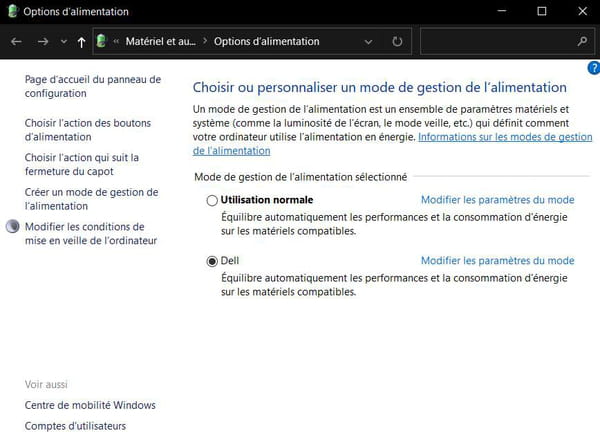
- In the new window, click the link Change settings that are currently unavailable at the top of the page to switch to administrator mode.
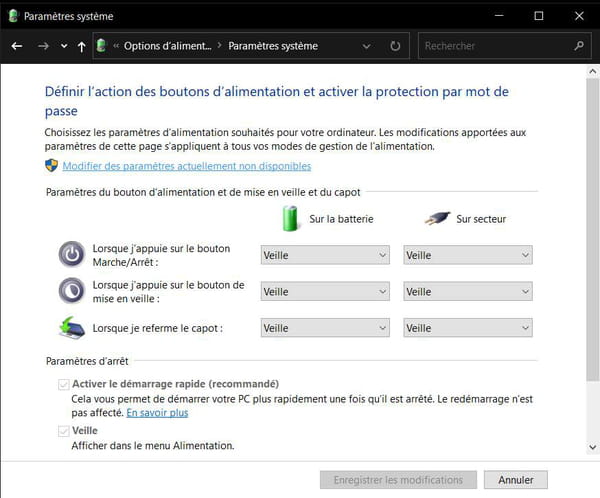
- In the game Shutdown settingsuncheck the box Enable fast startup.
- To complete the operation, click the button Save Changes.
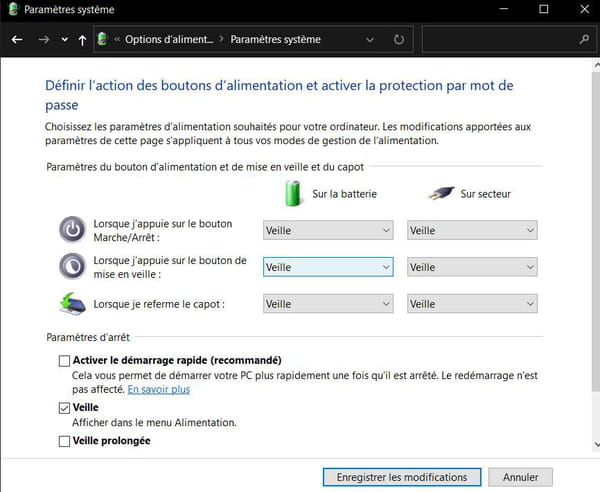
How to Disable Windows 10 Fast Startup in Registry?
You can also go through the registry editor to disable fast startup. However, handling is more complex. If you don’t know how the registry works, consult our practical sheet before making any changes.
- Open the start menur from Windows, navigate to the topic Windows administrative tools, then click on the registry editor shortcut.
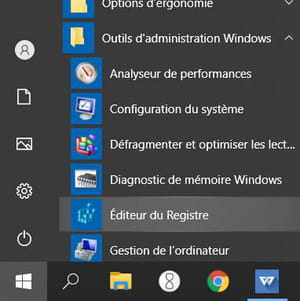
- In the Registry Editor window, locate the following key from the side menu tree: HKEY_LOCAL_MACHINESYSTEMCurrentControlSetControlSession ManagerPower
- The Quickstart feature is tied to a 32-bit DWORD value called HiberbootEnabled. Identify the HiberbootEnabled value in the list and then double-click on it.
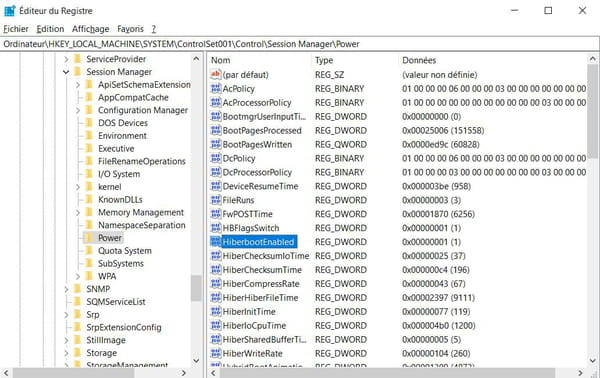
- In the value modification window, type 0 in the field Value data then click OK.
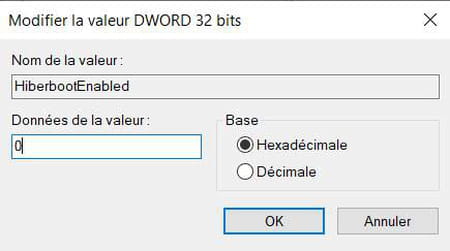
- To re-enable fast startup from the registry, perform the same manipulation, but enter 1 in the field Value datar in the last step.
